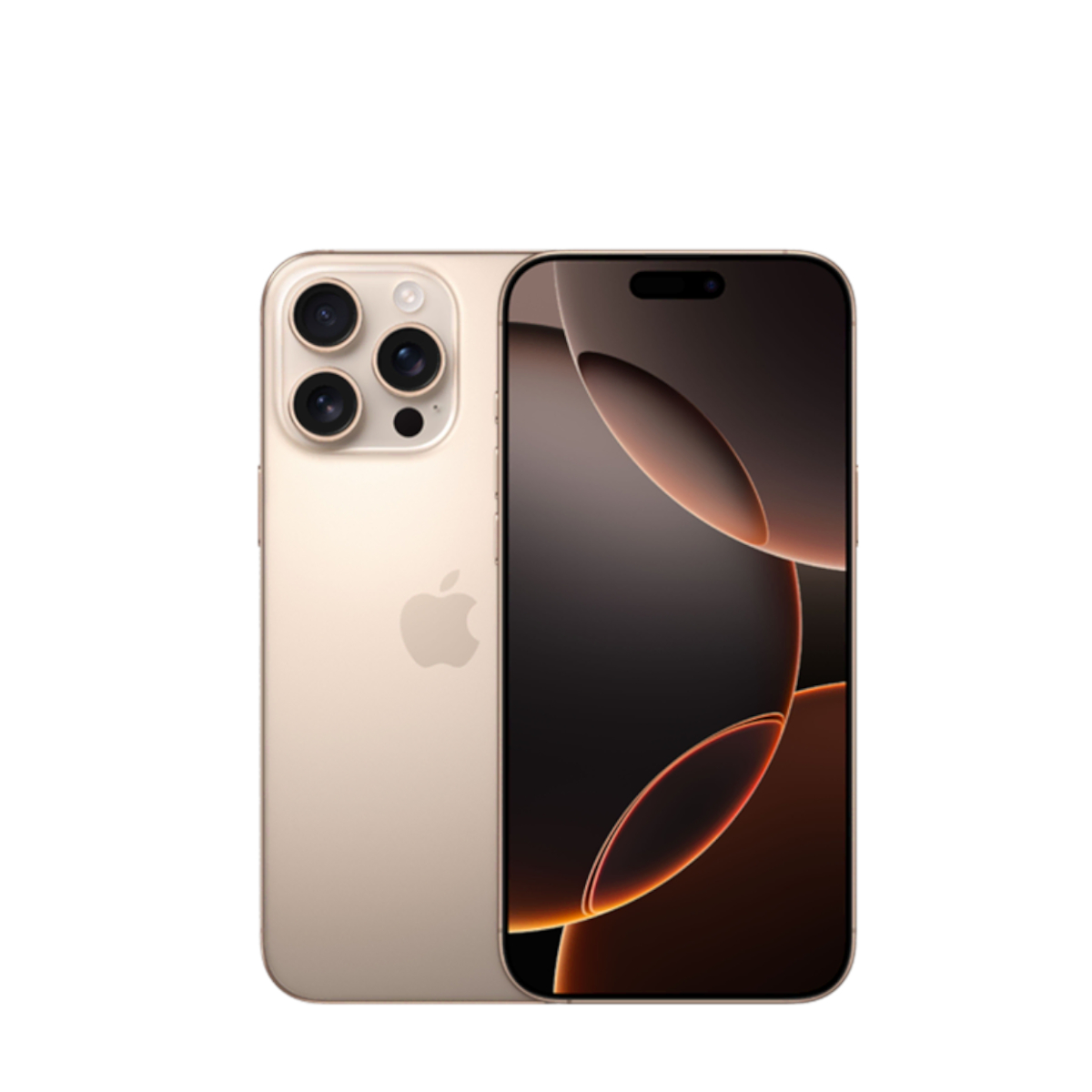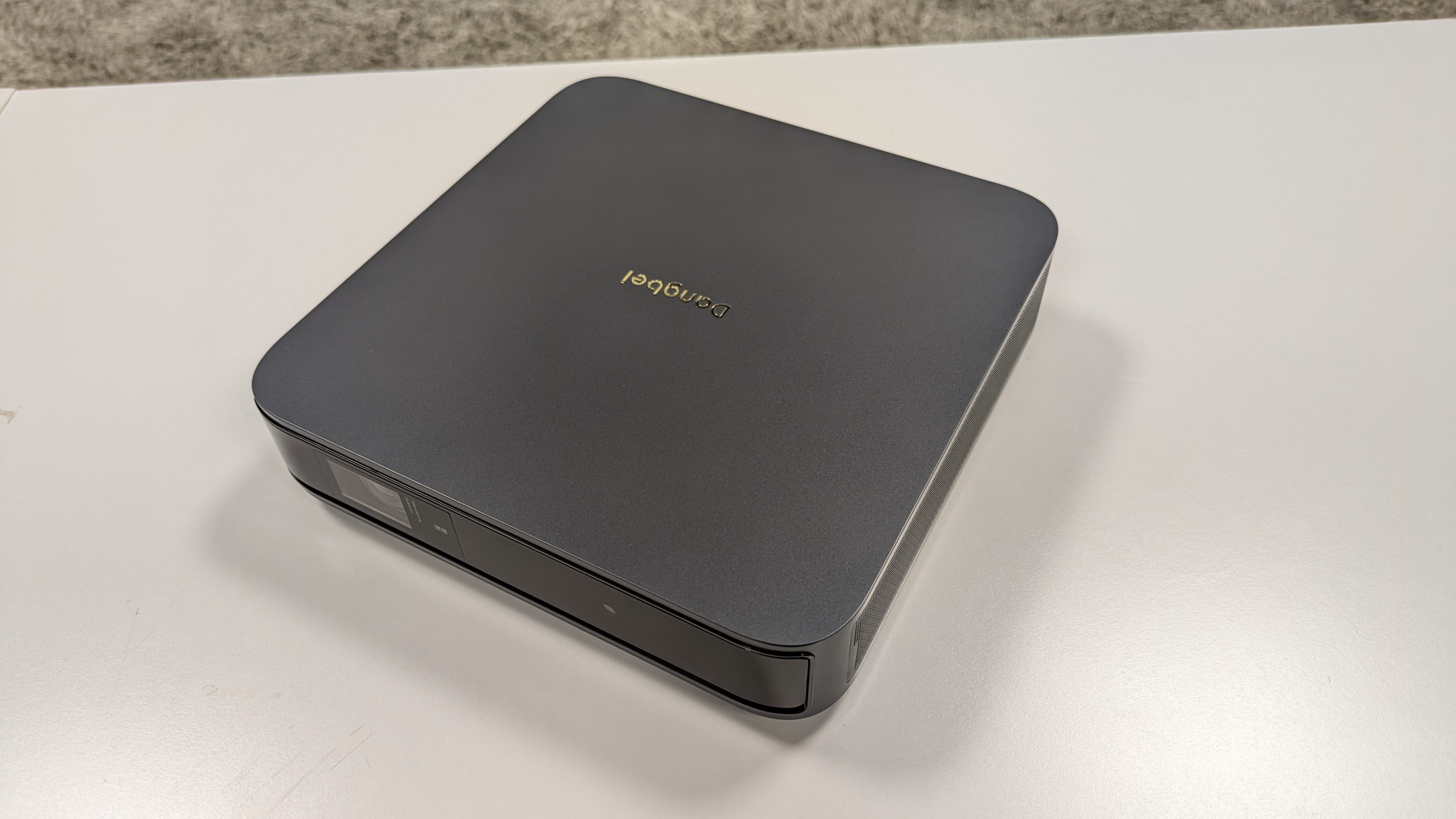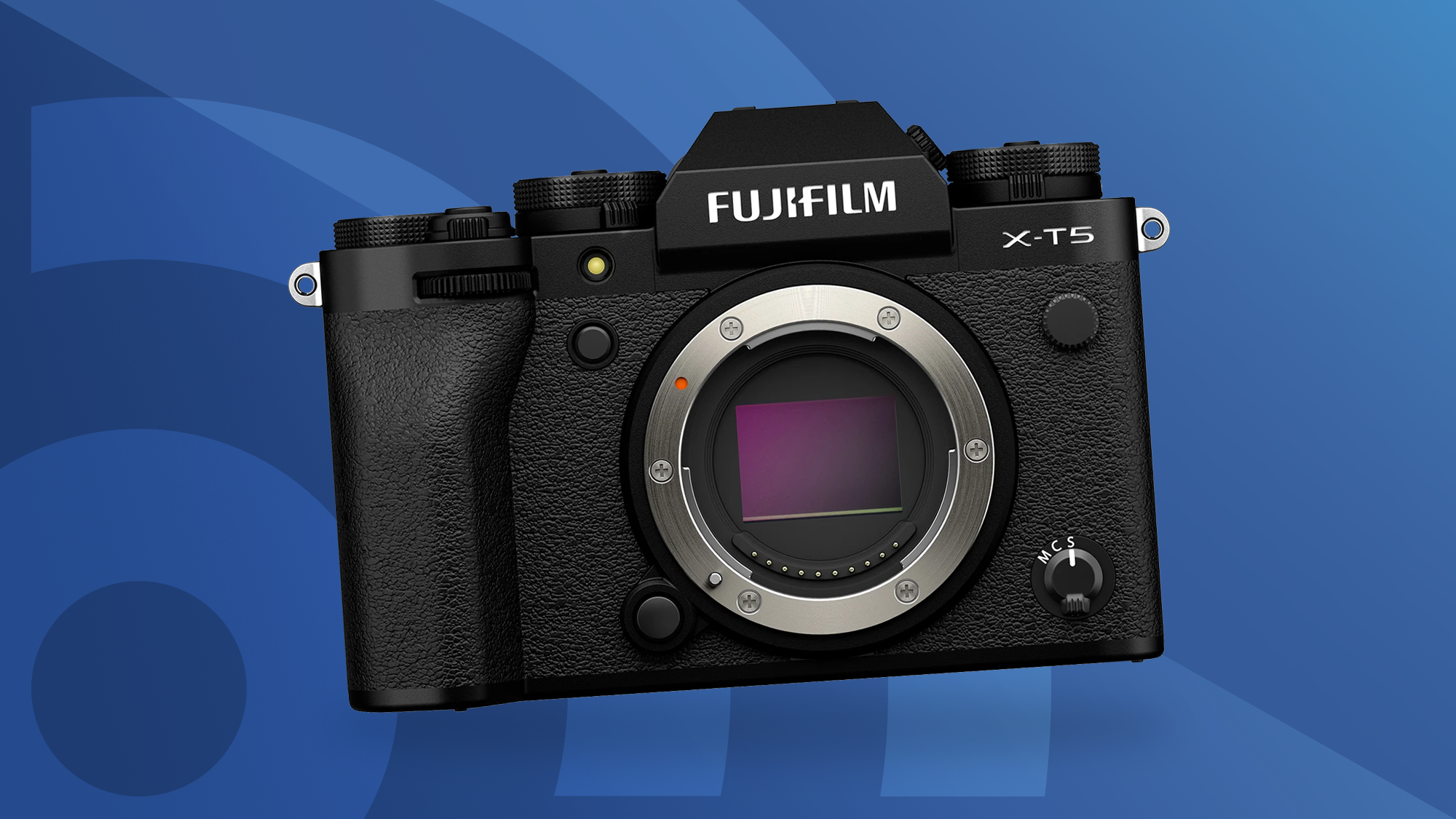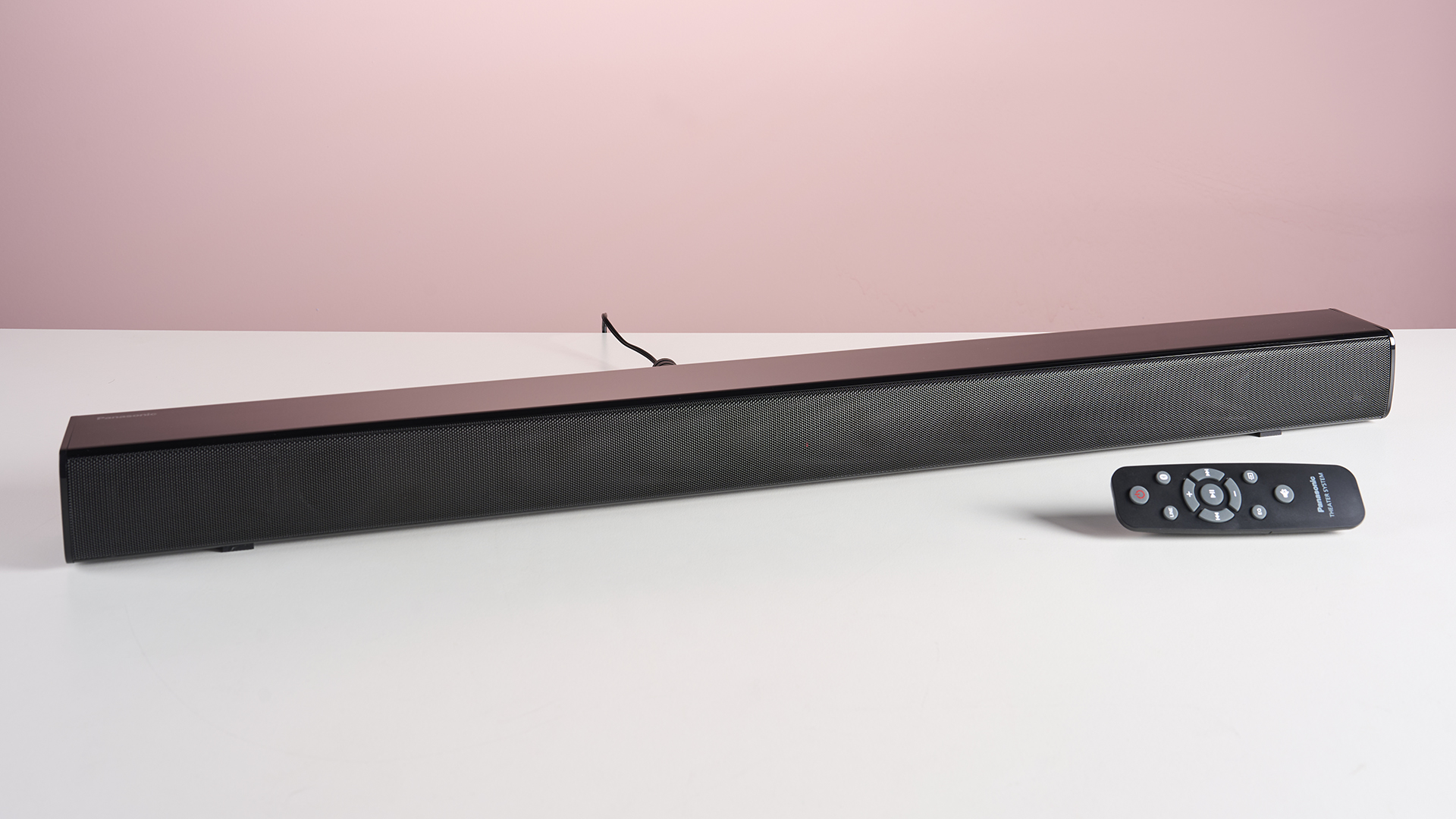
The best iPhone on the market right now is the iPhone 16 Pro Max, but that doesn't mean it's the best iPhone for everyone. We've reviewed every iPhone ever released (that's 46 models and counting), and can confidently say that you don't necessarily need to spend the most money to get the best experience.
For power users, the Pro Max is the obvious choice, but the standard iPhone 16 is a better option for those who prefer the smaller size of Apple's 6.1-inch models. The iPhone 15, meanwhile, continues to rank as the best-value iPhone, and the newly announced iPhone 16e is the outright cheapest model.
Below, we've selected the best iPhones for every use case, comparing key factors such as price, performance, cameras, and battery life to help you find a model that meets your needs. We've tested over 1,000 phones since 2005, so you can be confident that our recommendations are based on expert knowledge, in-depth analysis, and intelligent comparisons between devices.
Once you're set on a model, check out our best iPhone deals and Apple coupon codes pages for a roundup of the latest discounts.
Quick list

The iPhone 16 Pro Max is the best Apple phone you can buy today. Its combination of an A18 Pro chipset, a great camera suite, and Apple Intelligence compatibility make it a potent flagship handset, though the smaller iPhone 16 Pro is equally impressive.
Read more below

All things considered, the iPhone 16 is the best all-round iPhone on the market right now thanks to its compact size, A18 chipset, excellent cameras, and future-proof software compatibility.
Read more below

Apple's base 2023 model may lack the bells and whistles of its newer stablemates, but the iPhone 15 is still fast, compact, and photographer-friendly. With USB-C connectivity and the Dynamic Island, it's a very complete iPhone for a compelling price.
Read more below

If you're happy to forgo some niceties like the Dynamic Island and MagSafe, the iPhone 16e is an excellent iPhone entry-point thanks to its top-tier screen and powerful performance.
Read more below

The iPhone 16 Plus is the model to go for if battery life is your number one priority. The 16 Pro Max offers comparable endurance, but as a value proposition, the 16 Plus has it beat.
Read more below

I'm TechRadar's Phones Editor, and have been reviewing and writing about the best mobile devices (iPhones included) for several years. Based in the UK, I handle news and feature coverage for the phones section of the site, and regularly edit TechRadar's phones-related reviews and buying guides. You'll find my byline on over 1,500 TechRadar articles.
The best iPhone in 2025
Why you can trust TechRadar
Below, you'll find full write-ups for each of the best iPhones on our list. We've tested each model extensively, so you can be sure that our recommendations can be trusted.
The best iPhone overall




Specifications
Reasons to buy
Reasons to avoid
If you want the very best iPhone money can buy right now, the iPhone 16 Pro Max is the model to go for. The iPhone 15 Pro Max was already (and still is) an exceptional handset, but Apple's latest flagship comes with a bigger screen, a more powerful chipset, a superior telephoto camera, a new Camera Control button, and Apple Intelligence compatibility.
Apple is pitching the latter of those features as the biggest selling point of the iPhone 16 Pro Max, and while Apple Intelligence endured a rocky start to life, it's beginning to take shape, with more Apple Intelligence features on the way, too.
The iPhone 16 Pro Max is powered by the A18 Pro chipset, which, according to our benchmark tests, is the most powerful chipset Apple has ever produced. In fact, the A18 Pro bested the results of all of the Android phone chipsets we tested in 2024, so the 16 Pro Max is a truly market-leading handset.
All that power makes scrolling, streaming, gaming, and productivity tasks a breeze on the iPhone 16 Pro Max, while the phone's gorgeous 6.8-inch Super XDR OLED display (with ProMotion) is the biggest and best iPhone screen, well, ever.
On the camera front, the iPhone 16 Pro Max boasts a 48MP quad-pixel main lens, a 48MP ultra-wide lens (the first on an iPhone), and a 12MP telephoto lens with 5x optical zoom (even more zoom would've been nice, but perhaps that's being greedy). Apple's new flagship also achieved a record-setting 16 hours of battery life in our testing, which is a figure rivaled only by the iPhone 16 Plus.
It's worth noting that the 6.3-inch iPhone 16 Pro is exactly the same phone as the iPhone 16 Pro Max, but smaller and cheaper. So, if you're not fussed about owning the biggest iPhone, we'd advise going for that model instead.
Read our full iPhone 16 Pro Max review
The best iPhone for most people




Specifications
Reasons to buy
Reasons to avoid
If you're not fussed about the larger size, faster refresh rate, and telephoto camera capabilities of Apple's more expensive Pro models, the standard iPhone 16 is an excellent all-round iPhone that we consider to be the best iPhone for most people.
The iPhone 15 (below) is still our pick as the best-value iPhone given its cheaper price, but the iPhone 16's compatibility with Apple Intelligence means that it won't become outmoded as quickly as Apple's 2023 base model.
Of course, the iPhone 16 brings more than just software upgrades. In addition to the Action button inherited from the iPhone 15 Pro, the iPhone 16 gets an all-new Camera Control button, which can be used as a traditional shutter button or as a capacitive button that lets you zoom and adjust exposure, as well as a superfast A18 chipset, a larger battery and a faster 45W charging speed than the iPhone 15.
The iPhone 16's 48MP wide and 12MP ultra-wide cameras are impressive, but if you want truly exceptional zoom capabilities, you're better off going for the iPhone 16 Pro (or indeed the Samsung Galaxy S25 Ultra or Pixel 9 Pro).
As for the iPhone 16's display, you'll get a stunning 6.1-inch Super Retina XDR OLED screen that we found offers punchy colors and stark contrast points, though as alluded to above, you'll have to go for the pricier iPhone 16 Pro to benefit from Apple's ProMotion (i.e. 120Hz refresh rate) technology.
Read our full iPhone 16 review
The best value iPhone




Specifications
Reasons to buy
Reasons to avoid
Despite the arrival of the iPhone 16 series, we still consider the standard iPhone 15 to be the best-value iPhone in 2025. What it lacks in titanium sides, 120Hz scrolling, or high-spec zoom photography, the standard iPhone 15 more than makes up for in performance and portability.
For just $699 / £699 / AU$1,249 from Apple directly, you get a 6.1-inch Super XDR OLED display, a fast A16 Bionic chipset, a USB-C port, a supremely capable 48MP main camera, and Apple’s smart digital screen cut-out, the Dynamic Island, all delivered in a sleek and eye-catching design package.
You do lose out on Apple Intelligence compatibility with the iPhone 15, so if you're ready to embrace smartphone AI and want a future-proof pocket companion, the iPhone 16 is the better buy.
However, if you're simply looking for a speedy, long-lasting, and eye-catching iPhone to see you through the next three or four years, the iPhone 15 is an excellent choice.
Read our full iPhone 15 review
The best budget iPhone




Specifications
Reasons to buy
Reasons to avoid
Following the launch of the iPhone 16e in February 2025, Apple discontinued both the iPhone SE (2022) and the iPhone 14, meaning the company's new entry-level iPhone 16 model is now the cheapest iPhone available as new.
The iPhone 16e brings several key upgrades over the iPhone SE (2022) including a 48MP main camera, a more powerful chipset, a longer-lasting battery, and Apple Intelligence compatibility. You'll have to make do with a physical notch instead of the Dynamic Island, and there's no MagSafe compatibility to speak of here, but the iPhone 16e is, after all, intended to be a no-frills model.
If you're looking for more bells and whistles, go for an iPhone 15 or an iPhone 16 (to see how the iPhone 16e stacks up against those more expensive models, check out our iPhone 16e vs iPhone 15 and iPhone 16e vs iPhone 16 comparisons), but ut simply, this is the best budget iPhone available in 2025.
Read our full iPhone 16e review
The best iPhone for battery life




Specifications
Reasons to buy
Reasons to avoid
The iPhone 16 Plus takes everything great about the standard iPhone 16 and supersizes it, meaning this is the handset to go for if you prefer a larger iPhone but don't want to spend big on the iPhone 16 Pro and iPhone 16 Pro Max.
This year's model gets all the same benefits as the standard iPhone 16 – the Action button, the Camera Control button, Apple Intelligence compatibility, and so on – but the Plus also benefits from battery life that pretty much wipes the floor with its comparatively priced competition.
In our testing, the iPhone 16 Plus lasted a whopping 16 hours and 29 minutes; that's endurance to rival the iPhone 16 Pro Max. So, if battery life is your number one priority, we'd recommend going for this phone over the iPhone 16 Pro Max and saving yourself $300 / £300 / AU$550 (if you don't care about ProMotion, that is).
Read our full iPhone 16 Plus review
FAQs
What is the best iPhone?
The best iPhone is usually one of the latest numbered models, but the value of each will depend on your specific needs. If you want a big screen, go for a Pro Max (the latest and greatest is the iPhone 16 Pro Max). For top specs in a smaller size, pick a Pro, and if you want to save some money, then get a standard model or the iPhone 16e.
Which iPhone is the best value for money?
Right now, the iPhone that offers the best value for money is the iPhone 15, although the iPhone 16 is the more money-savvy choice if you're keen to use Apple Intelligence features. The iPhone 16e, meanwhile, is the outright cheapest iPhone.
How to choose the best iPhone?
A lot of iPhones are quite similar to one another, so choosing which model to buy mostly just means seeing what's different between them and finding the right fit for you.
All iPhones are powerful, and Apple supports them for a long time, so age and chipset needn't be a big deal, but if you don't plan on upgrading for a long time, then a newer model with a faster chipset is ideal.
Bigger factors, though, include the screen size – and bigger isn't always better. If you want something compact that you can easily slip into a small pocket, then consider Apple's 6.1-inch models. But if you plan on doing a lot of gaming or video-watching, something larger would be better.
Resolution and refresh rate are also worth paying attention to for the optimal visual experience – the higher the better in both cases, so ideal options will have things like a 120Hz refresh rate and a resolution above 1080p.
Camera quality and battery life are important considerations, too, and you can't get a full picture of these just from a specs list, so read our full entries above (or click through to our detailed reviews) for insights into how each iPhone fares in those departments.
How we test
We've reviewed every iPhone on this list, meaning for each, we've passed our expert judgment on them after extensive testing. These reviews saw us use each phone as our main handset for at least a week, and often longer.
In the process, we would explore various use cases, including calls, texts, social media, video streaming, gaming, taking photos, and more, with some heavy use days and other lighter ones.
In short, we use our iPhones just like you would – but we make sure to test every key feature, as well as run benchmark tests, checking how long they take to charge, and more.
Using that data, we've then ranked each handset, factoring in price, value, and how they compare to one another, with a particular focus on their screens, designs, battery life, performance, and cameras.
- You've reached the end of the page. Jump back up to the top ^
Get daily insight, inspiration and deals in your inbox
Sign up for breaking news, reviews, opinion, top tech deals, and more.

Axel is TechRadar's UK-based Phones Editor, reporting on everything from the latest Apple developments to newest AI breakthroughs as part of the site's Mobile Computing vertical. Having previously written for publications including Esquire and FourFourTwo, Axel is well-versed in the applications of technology beyond the desktop, and his coverage extends from general reporting and analysis to in-depth interviews and opinion. Axel studied for a degree in English Literature at the University of Warwick before joining TechRadar in 2020, where he then earned an NCTJ qualification as part of the company’s inaugural digital training scheme.












